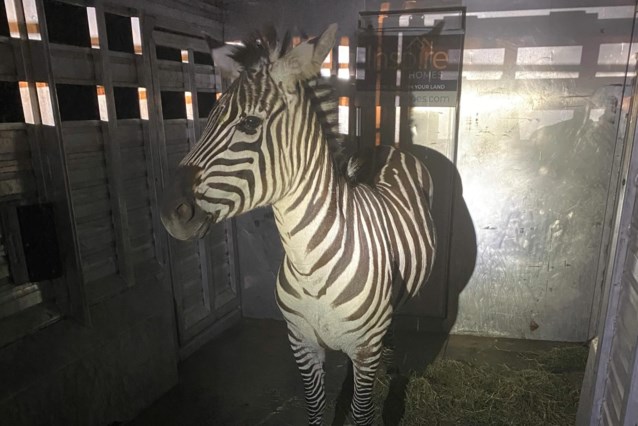
Sunrise and sunset are some of the most beautiful times of the day, when the sky is painted with stunning shades of pinks and oranges. But what happens before and after these moments? GBH meteorologist Dave Epstein recently shared insights with Morning Edition co-hosts Jeremy Siegel and Paris Alston about the science behind these wonderful displays of nature.
According to Epstein, civil twilight is a favorite time of the day for many people because it still provides light without the sun being visible. This period occurs just before sunrise and after sunset when the sun is situated zero to six degrees below the horizon. Sunrises and sunsets during civil twilight can be absolutely breathtaking, occurring approximately 30 minutes before sunrise or 30 minutes after sunset.
After civil twilight comes nautical twilight, which takes place when the sun is six to 12 degrees below the horizon. During this time, the brightest planets and stars start to become visible. Animals are also more active during nautical twilight, with Epstein referring to it humorously as “coyote time” due to the increased activity of crepuscular animals like deer, which can sometimes lead to accidents with cars.
Finally, astronomical twilight occurs when the sun is between 12 and 18 degrees below the horizon. This is a time when faint objects, including the Milky Way, can be observed, but it is still not considered nighttime. In summer months like June, astronomical twilight occurs very early and late, resulting in short nights, particularly in northern New England where true nighttime may not begin until late evening and astronomical twilight is in the early morning hours.
Overall, understanding the different phases of twilight can enhance our appreciation for the beauty of sunrises and sunsets and provide insight into the natural phenomena that occur before and after these magical moments.







